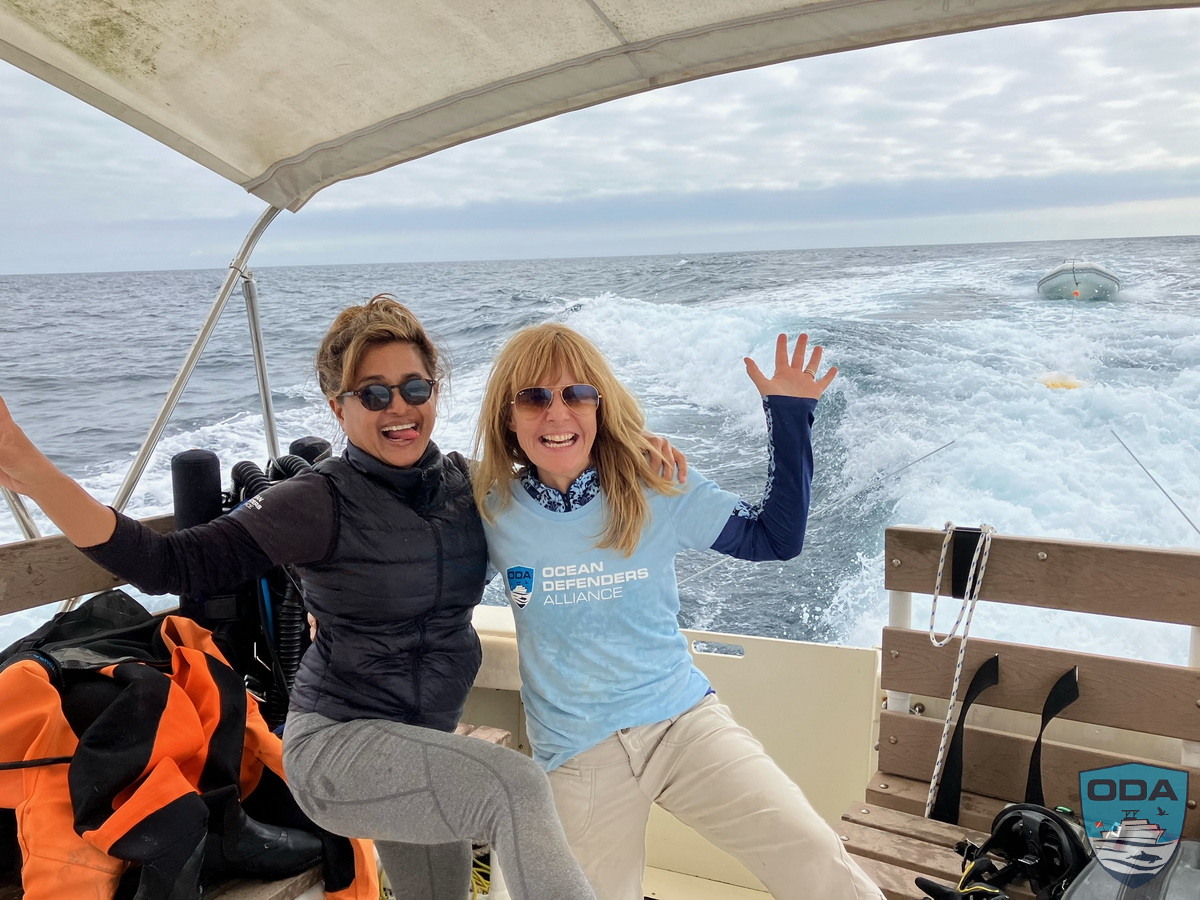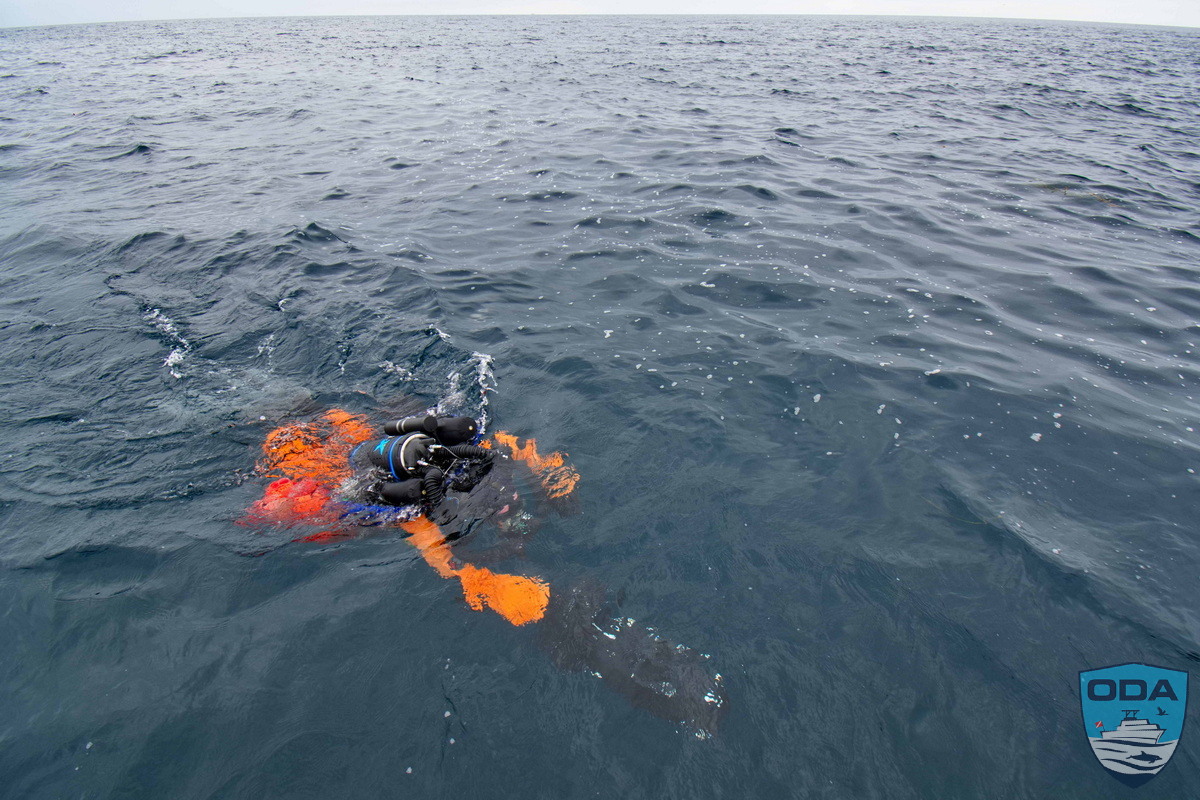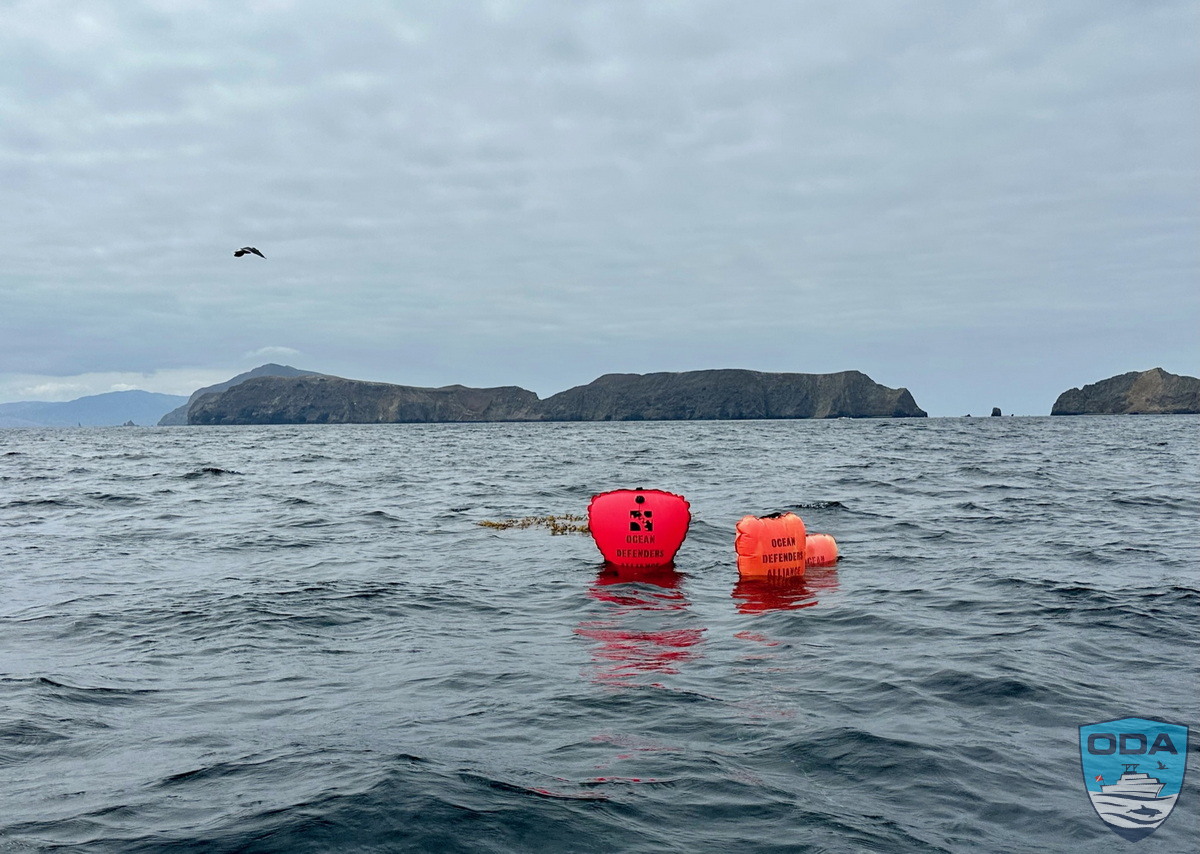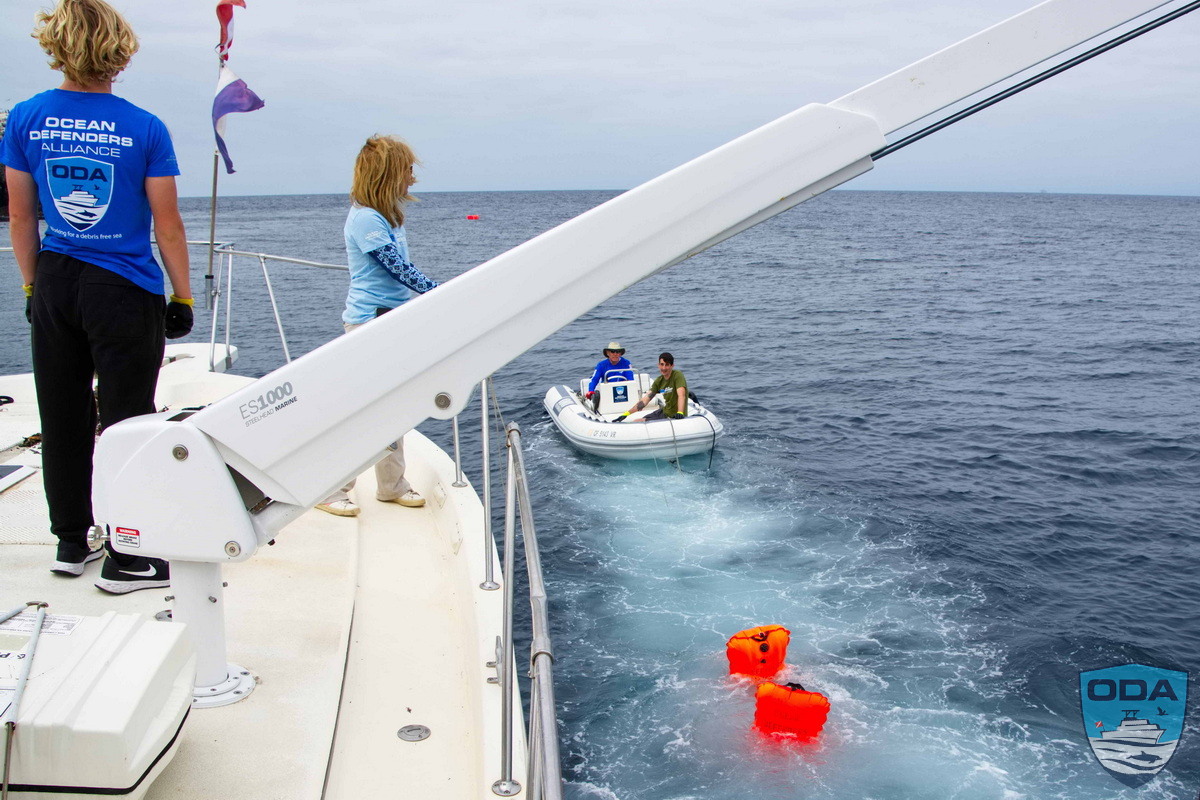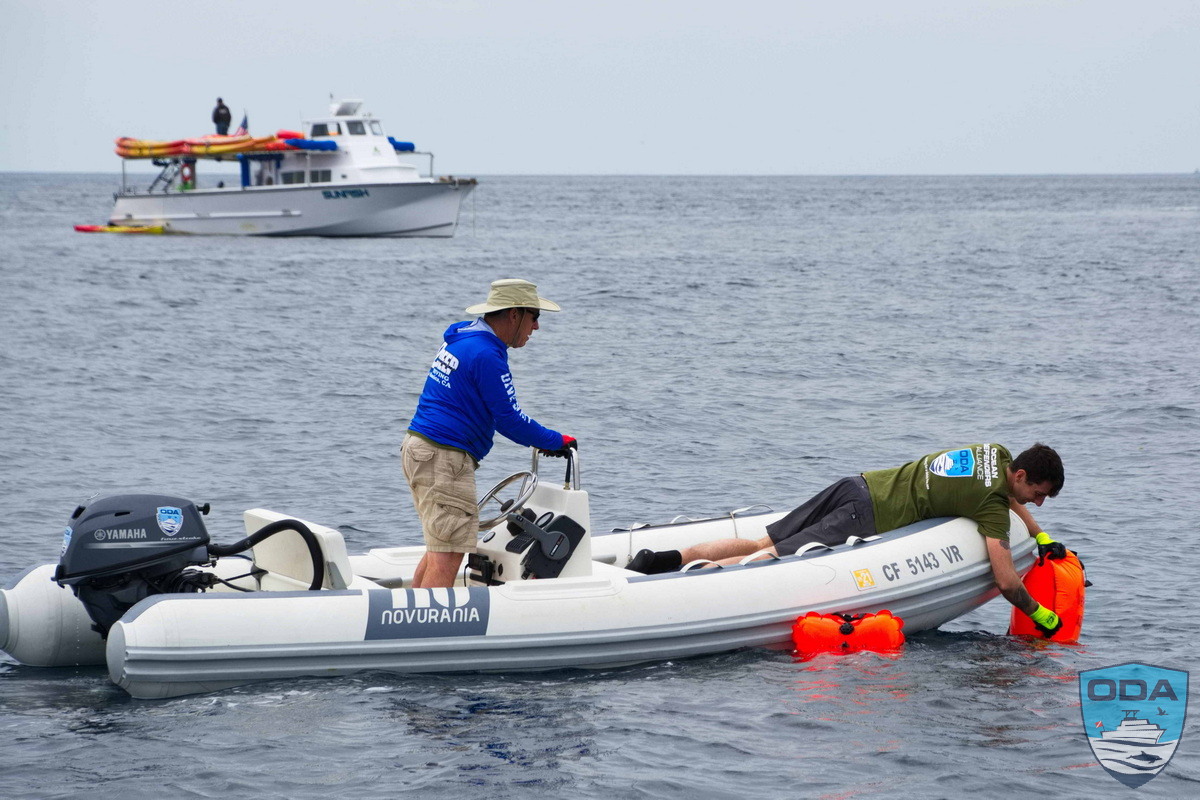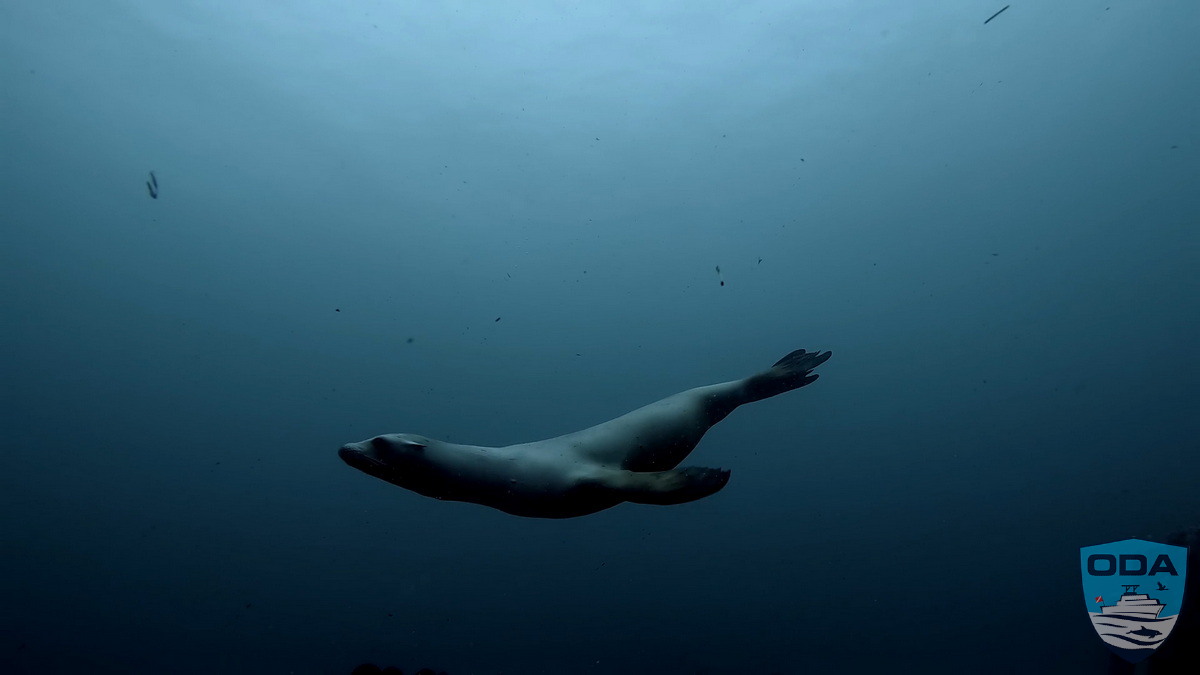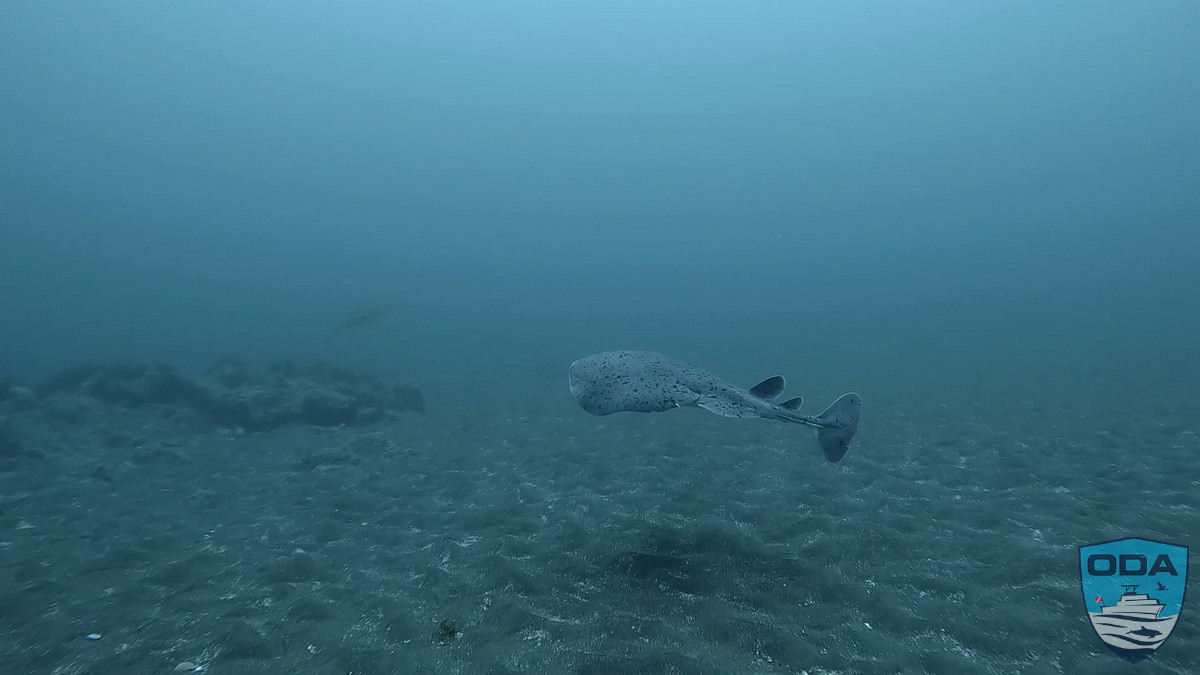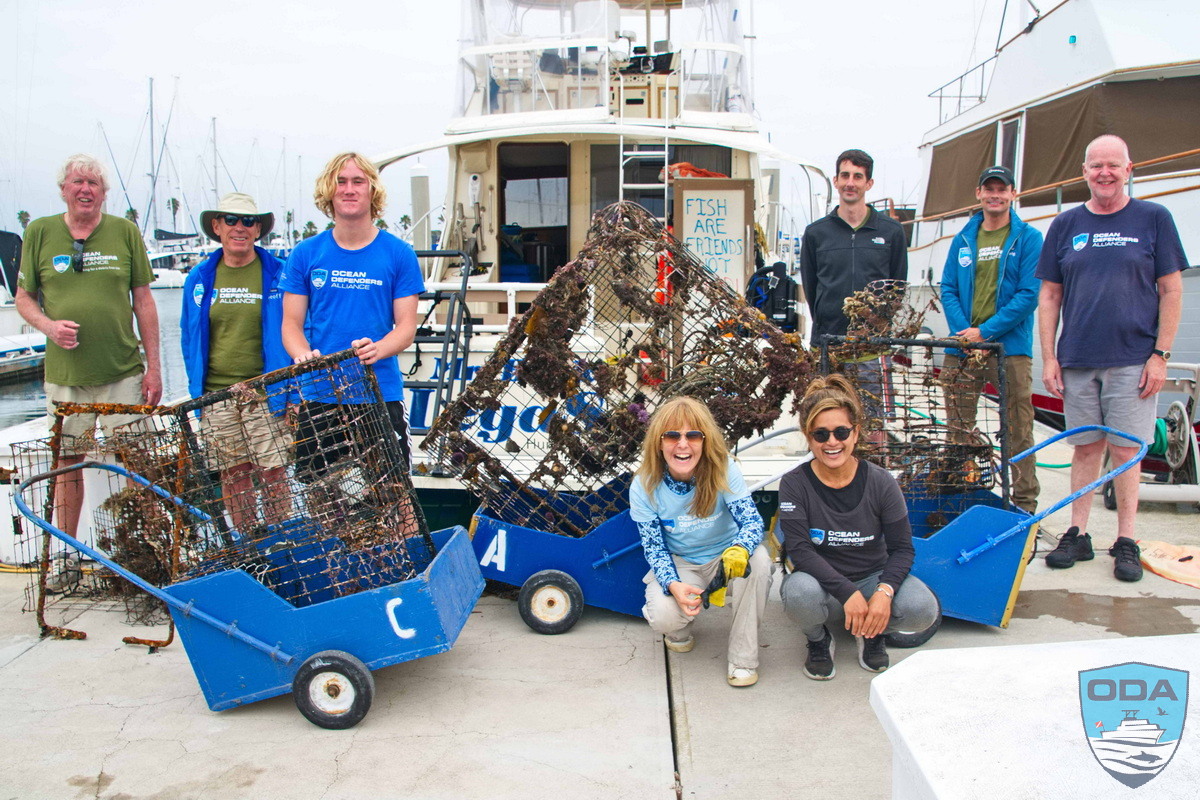By Founder & President Kurt Lieber
UPDATE: We got some great video footage of a variety of marine wildlife -- both sections of this four-minute video feature sea lions. First, as we left the harbor we saw a large colony of sea lions, and then when we were working to remove debris, a sea lion was keeping an eye on us! Special thanks to volunteer diver Craig LaPorte for doing the underwater filming!
On Sunday, September 17th, we boarded our flagship vessel Mr. Barker’s LegaSea and headed back to the waters of Anacapa Island in the Channel Islands off the coast of Ventura County California.
We had been thwarted on our last two attempts – one by mechanical problems and the other due to extremely limited underwater visibility. As we headed out of the harbor, we were treated to an eyeful of resting sea lions!
On this day, the sea conditions were not conducive to having a pleasant ride, but it was doable. Swells were in the three-to-four-foot range and the sky was overcast the entire day.

Veena Sud, Nadja Brandt, and Craig LaPorte.
The crew on this trip consisted of: Nadja Brandt, Craig LaPorte, Veena Sud, Dylan Teebutt, Geoff Walsh, David Williams, and Mike Wynd. It was Nadja and Dylan’s first time out with us, and for Veena it was her first complete expedition resulting in ghost gear being retrieved. I’m glad she came back again for the full experience and satisfaction of seeing the hazardous debris out of harm’s way!
We decided to head back to the Arch Rock area and move slightly south from the last spot where we had located and removed eight abandoned lobster traps.
As I pulled up to the area and got ready to drop the anchor, I could see that the currents were pretty strong, which is not unusual for this part of the island but is nonetheless a concern when putting divers in the water.
We dropped anchor in 55 feet of water and the boat immediately pivoted around in the strong currents. I wasn’t convinced that this was going to be safe for the divers, but when Craig jumped in to test the waters, he said it would be okay.
So, Craig and Mike suited up and by 11:17am they dropped down into the deep. Despite the current the underwater visibility (UW vis) looked pretty good, and we could easily see Mike in his brightly lit-up suit 30 feet down. Good sign!
They were down for about 20 minutes before we saw a lift bag pop to the surface. This indicates that the divers had located debris, attached it to a float bag which they inflate to pull the debris upward.
Geoff and David boarded the RIB (Rigid Inflatable Boat) and headed over to the bag. Once they grabbed onto it, they attached a tow line to it and hauled it over to the LegaSea.
This turned out to be no small feat as the current proved to be a lot stronger than the RIB was used to handling. Eventually Geoff maneuvered the smallboat and tow line next to the LegaSea under the davit (crane), only to be quickly swept past the davit line before David could attach it to the trap that was under the lift bag…
After three more tries at this, we decided to tie the trap to the LegaSea and wait for the divers to swim over and help get the trap hooked up to the davit line since they’re better positioned in the water.
In the meantime, another lift bag hit the surface about 100 feet away. Geoff and Dave nabbed it and did their best to haul it back to the boat only to meet the same fate as the first trap.
This time we just let the bag and trap float with the current until we got the divers back onboard.
About 30 minutes later, we saw two lift bags hit the surface at once. That usually means it took two bags to lift something heavy off the bottom. When the RIB crew got near to it, they could see that it was a large trap. Again, they tried to tow it over to the LegaSea, and were thwarted by the current which was growing stronger by the minute. So, they just let those bags drift.
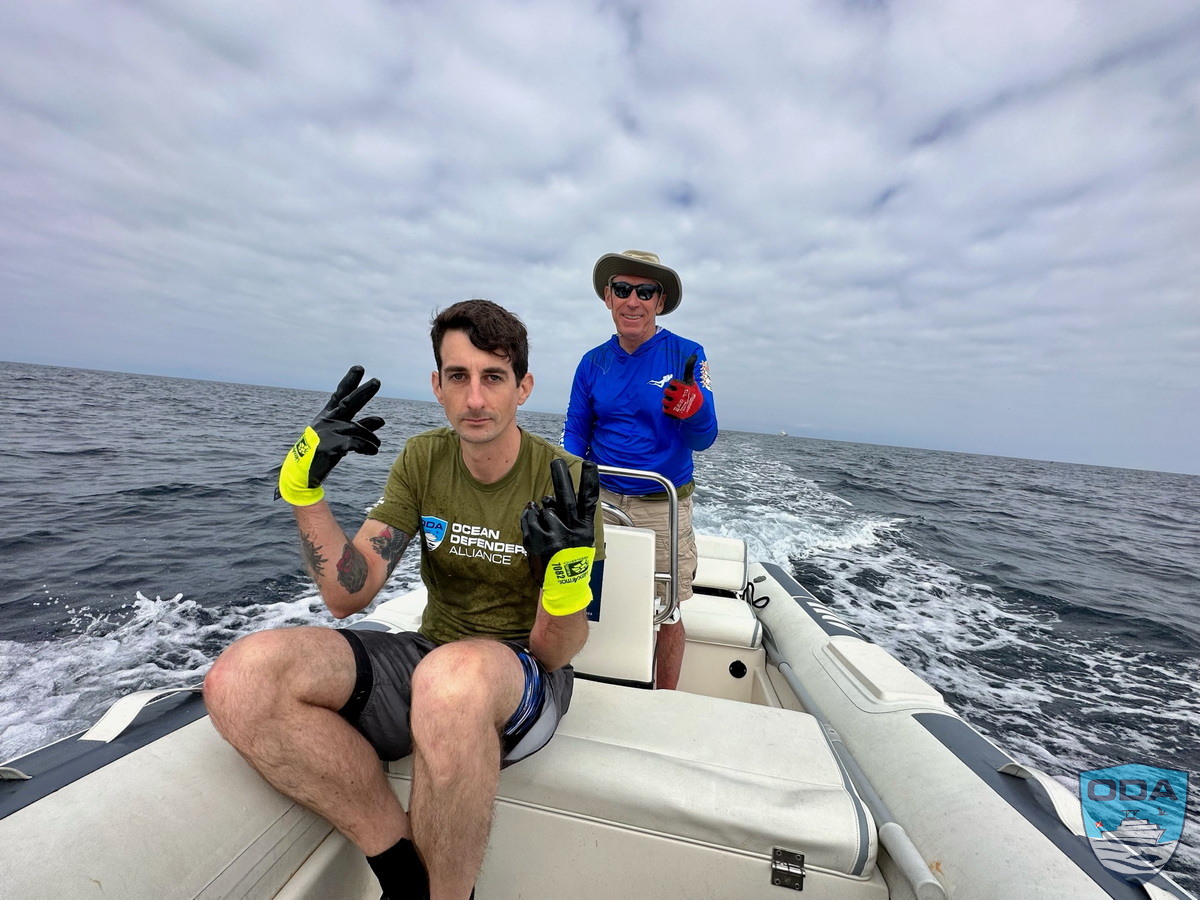
Then about 90 minutes into their dive we saw 3 lift bags pop up. This meant there was something really heavy attached to them. Sure enough, it was another big trap.
At the end of their 110-minute dive Craig and Mike climbed up the dive ladder and told us about what they encountered. They had really good visibility at 30-35 feet and saw several giant sea bass. Several of the big fish came right up to the divers to see what the heck these alien invaders were doing in their territory!
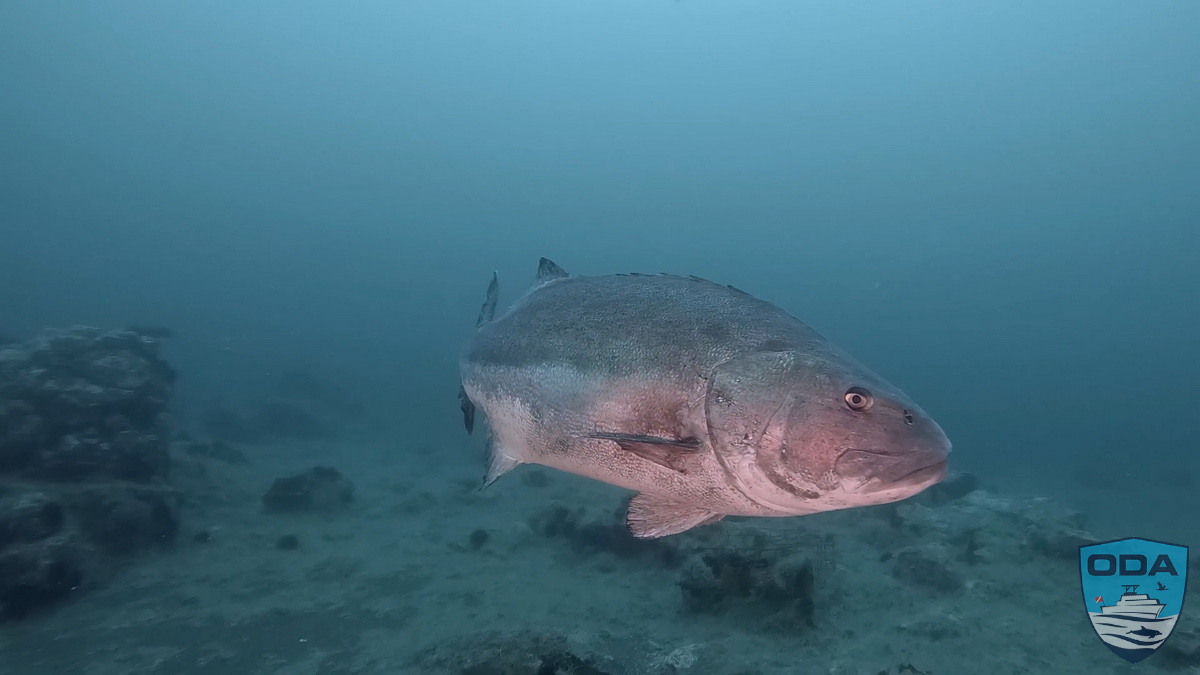
They also saw several bat rays, and lots of curious California sea lions. How graceful they are!
The divers also saw what appears to be a resident torpedo ray. We had seen one at this exact spot a month earlier. These animals are rarely spotted in our waters, and they kill their prey by shocking them with an electrical jolt. Yikes! Divers are always cautious when encountering them, as the torpedo rays have been known to give humans a dose of electricity if they feel cornered or threatened. They can’t kill a person, but it is NOT a fun experience.
Thankfully Craig had his UW camera with him and came away with some great footage of some of the critters he and Mike encountered.
As soon as the divers were briefed on our inability to get the traps hooked up to the davit line, we decided to pull the anchor and try a different approach to getting the traps hooked up to the davit line.
Now that we were not anchored to the bottom, we could just have the RIB crew attach a line to the trap and hook it onto the davit line like we would normally do. But because we were now drifting, we didn’t have to fight the strength of the currents. We were just “going with the flow.”
It all went without a hitch this time. The only issue we had was trying to find two of the sets of lift bags that by now had drifted so far that we couldn’t even see them. After motoring around for a while, we finally spotted them and soon had all four traps aboard along with 250 feet of trap lines.
As we started to head back home, I made note of how far those traps had moved from where we had originally located them: 1.6 miles!
We had had a fun day on the water and the deck crew were treated to hundreds if not thousands of pelicans soaring all over the place. I’ve been doing this a long time and have never seen so many pelicans at once.
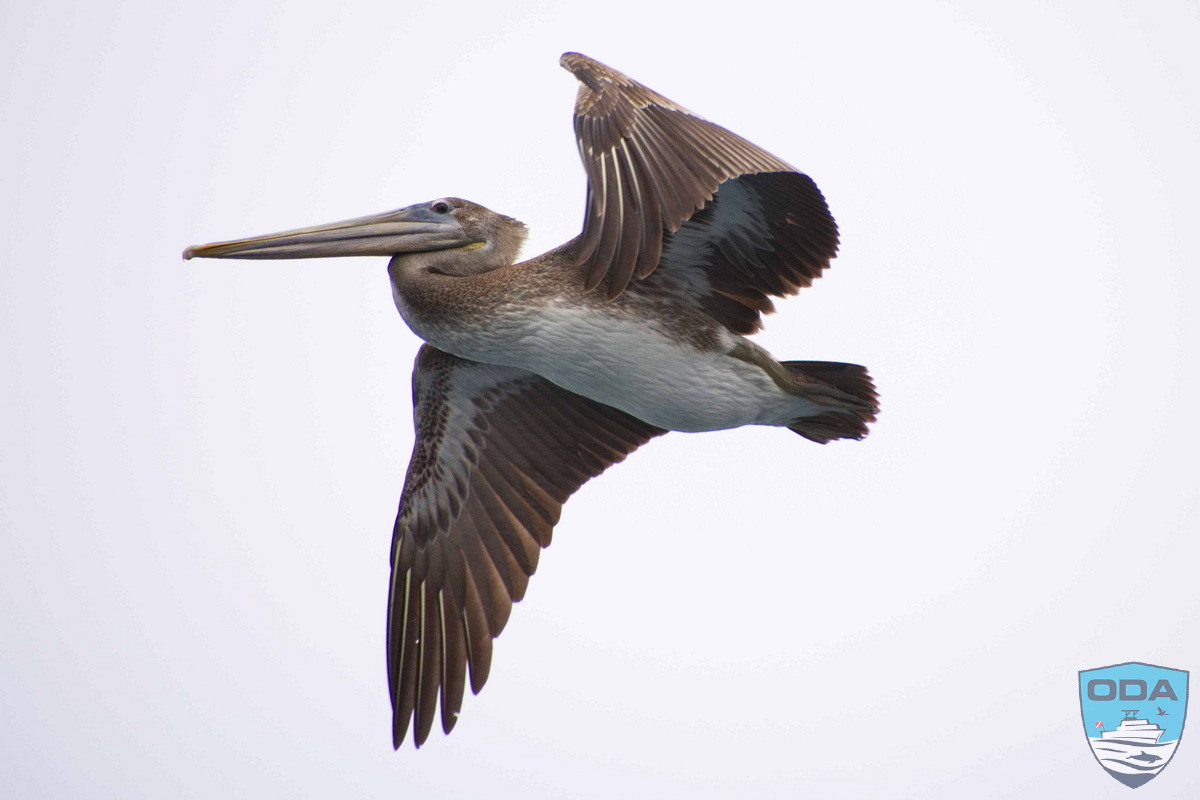
We also saw an amazing colony of cormorants clinging to the rocks just below the lighthouse on Anacapa.
The Channel Islands are part of the National Marine Sanctuary. What we saw this day was how healthy the place is – both above and below the water.
It’s fun seeing our boat crew grow. We had people from several different countries aboard: Australia, Germany, the Philippines, and New Zealand were all represented. In addition, four of the people are in the acting and film industry, so the strikes that are going on are actually helping ODA out.
Here we are with our Catch of the Day:
Thanks to all the crew that came out this day! It was a treat to have Nadja and Dylan get their first taste of what it takes to be an ODA volunteer. They did a great job and we hope to do more good work with them!
If you want to see this good ocean cleanup work continue, your financial support – no matter how big or small – is vital to making it all happen!




